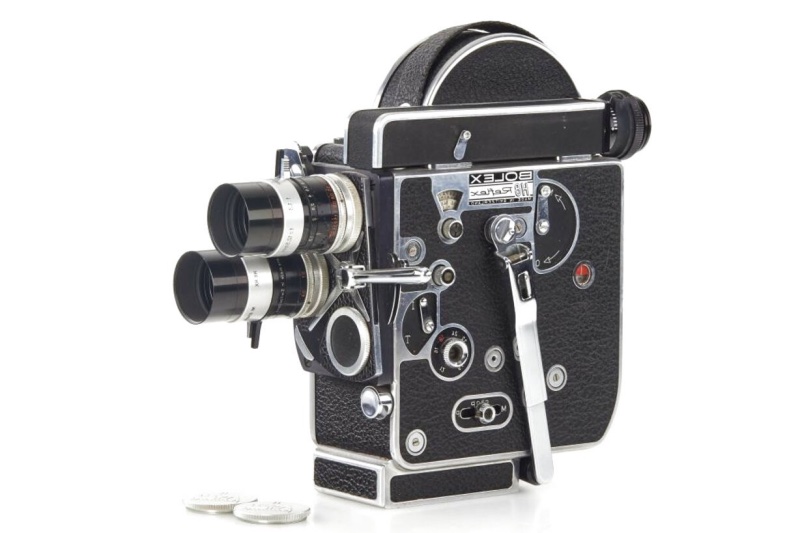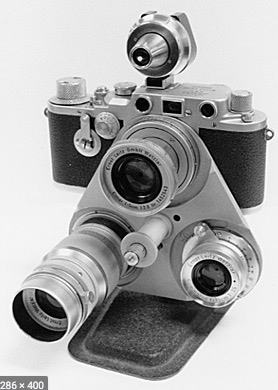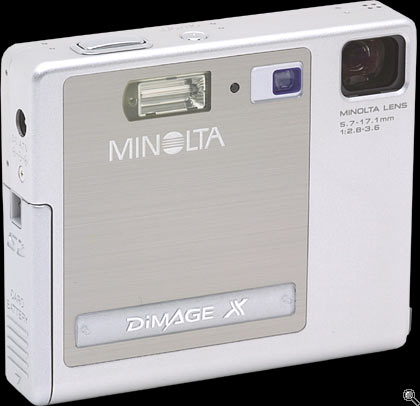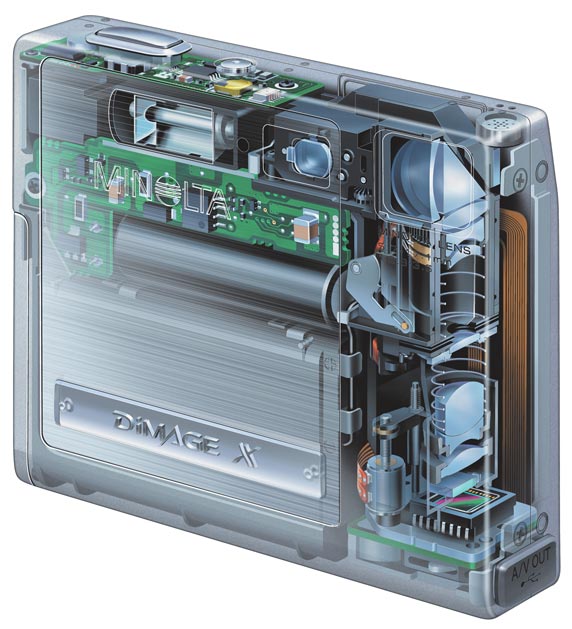The future approaches.
This year or next will probably see the addition of an optical zoom lens to high end iPhones. I wrote “high end” as the change in Apple’s marketing strategy with the iPhone 12Pro and Pro Max is clear. They are distinguished from lower models by adding a longish lens (65mm on the Max) and, in the case of the Max, bigger sensors. And bigger margins, of course.
Rotating turret lenses in cine cameras have been around for decades:

The Bolex H16, originating in 1927, was last made in 2016 by the Swiss Paillard company.
Compared with zooms the lenses were lighter and faster. And mostly sharper, to boot.
Never one to resist an opportunity to make yet another gadget, Leica went all out with a turret attachment for its 35mm film cameras, coming up with this monstrosity

The Leica turret attachment from the 1940s..
While you might argue that simply changing lenses would be easier, Leitz persisted with this nuttiness into the Leica M era which saw the old, slow screw mount give way to a fast bayonet variant, yet the turret remained available, now with bayonet mounts. The pocketable aspect of the small and elegant Leica body was rather lost in the process.
But zooms were the way of the future and while they came with limitations, they were a lot more appealing to the average consumer. 2002 saw the introduction of Minolta’s Dimage film camera with a periscope zoom, and it was a knockout.

The elegant Minolta Dimage of 2002.
The periscope optical zoom, vertically oriented inside the case, saw light rays deflected through the associated right angle using a mirrored prism. This allowed the incorporation of an otherwise lengthy optical path within the tight confines of the body, a small 3.3″ x 2.8″ x 0.8″. For comparison, my iPhone 12Pro Max in its ‘bumper‘ measures 6.5″ x 3.1″ x 0.3″. You can read DPR’s 2002 review of this 2 megapixel digital masterpiece here.
This cutaway view shows how it worked:

Illustration of the ‘folded’ optical path.
While the Dimage sported a 37-111mm (3:1) zoom with modest aperture of f/2.8-3.6, I think we can expect a lot more from the iPhone 13 or 14. For this user a 28-200 (7:1) f/2 optic would be perfect, and leave the UWA lens as a separate choice. That makes the optical designer’s job easier and, let’s face it, you really do not need a zoom starting at 12mm given the relatively infrequent use of something so wide. Nor do you need a turret.
Once that iPhone Zoom hits the market the sole remaining users of traditional DSLRs or their mirrorless brothers will be press photographers and the fashion set, because both would be laughed off the set were they to be seen using an iPhone. And, of course, the few remaining nuts taking nature photographs because, you know, of the trillions of images already out there, all available for pennies from stock vendors, there must be something yet undiscovered. As for the camera divisions of Canon, Nikon, Sony et al, say goodbye.
The technology is out there. A 2019 Huawei cell phone uses it and you get free Chinese spying software as part of the deal. Wait for the real thing.